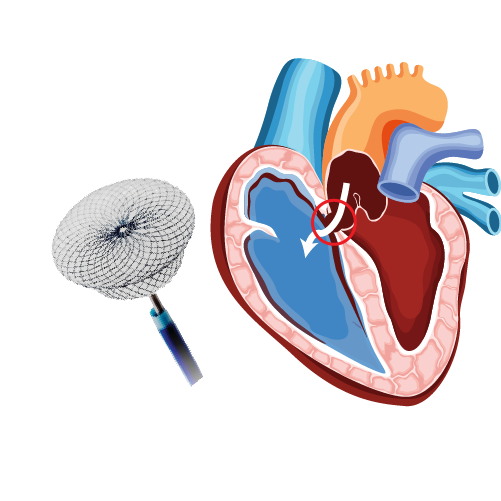What Is a Normal Ejection Fraction by Age?
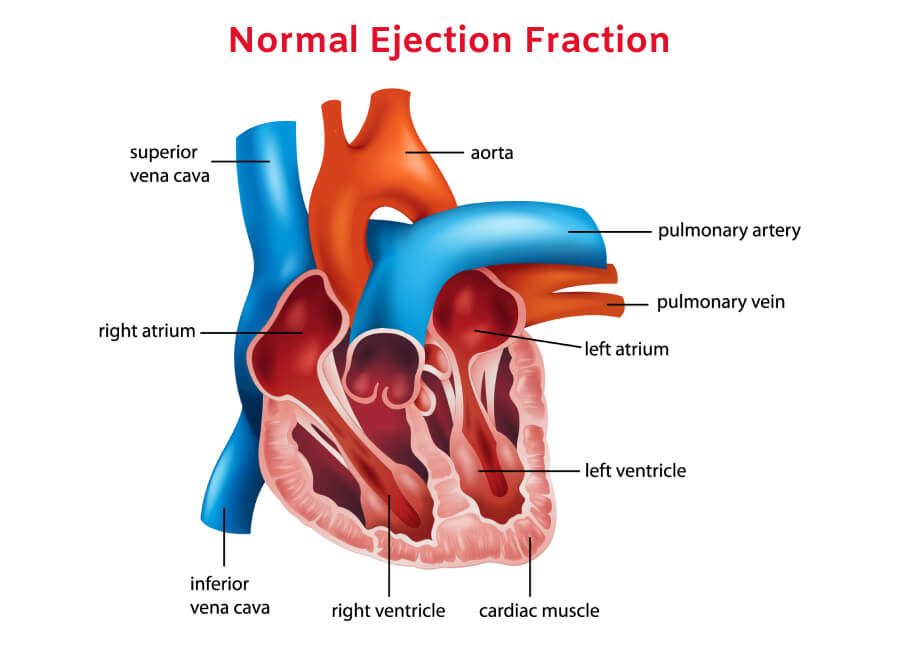
The ejection fraction is one of the most common parameters used to diagnose heart failure. If you want to know more about the cause, symptoms, and types of heart failure, check out our previous blog posts.
In this article, we’ll delve deeper into ejection fraction and understand its relevance in heart failure diagnosis and treatment. Let’s get started.
What Is Ejection Fraction?
Ejection fraction refers to the percentage of blood the left ventricle pumps out during the systolic (or contraction) phase. The left atrium receives oxygen-rich blood from the lungs and sends it to the left ventricle. The walls of the left ventricle contract and pump blood into the arteries, which then carry it to different cells and tissues.
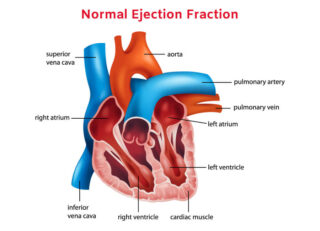
What Is a Normal Ejection Fraction by Age ?
Even a healthy heart doesn’t pump all the blood from the left ventricle in a single cycle. Therefore, an ejection fraction of 55 to 65% is considered normal.
– Normal Ejection Fraction by Age – 55 to 65%
Ejection Fraction and Heart Failure: Understanding the Connection
Heart failure is the result of a gradual decline of the heart’s pumping function. It’s often caused by a weakening or thinning of the left ventricle, due to which the heart can’t contract with full force. That, in turn, means it can’t pump the required amount of blood into the arteries.
The remaining blood backs up in the lungs, causing symptoms like shortness of breath. Also, lack of blood supply to vital organs like kidneys can lead to fluid buildup, resulting in swelling in the abdomen, feet, and legs. All these are telltale signs of heart failure.
A weak left ventricle results in a lower than normal ejection fraction (under 50%). Thus, a low ejection fraction is often the first indicator of heart failure. It can be caused by various factors, such as dilated cardiomyopathy, coronary artery disease, hypertension, and diabetes.
However, it’s worth noting that some patients might develop heart failure despite a normal ejection fraction. It happens when heart failure is the result of a problem in the diastolic (relaxed) phase of the heart’s pumping cycle. It’s caused when the walls of the ventricles become stiff and thick, thus letting less blood flow from the lungs into the heart.
Related: What Are the Symptoms of Diastolic Dysfunction?
Is It Possible to Improve Ejection Fraction?
The likelihood of improving ejection fraction depends on a patient’s overall physical health and medical history. In most cases, doctors will recommend lifestyle, diet changes and medicines to improve or maintain normal ejection fraction. Also, it’s crucial for patients to stay physically active, so that their organs receive sufficient oxygen-rich blood.
In Conclusion
A normal ejection fraction of 55 to 65% is considered a sign of a healthy heart. People with an ejection fraction lower than 50% might be suffering from systolic heart failure. This is also termed Heart Failure with reduced ejection fraction. However, it’s also possible for you to develop heart failure and still have an ejection fraction of more than 50%. This condition is called diastolic heart failure or Heart Failure with preserved ejection fraction.
The good news is that it’s possible to improve ejection fraction with a combination of medications and lifestyle changes. If you’ve been diagnosed with heart failure with a reduced ejection fraction, feel free to contact Dr. C Raghu to explore your treatment options.
Book Online Consultaion
What Is a Normal Ejection Fraction by Age ? – Blog
Subscribe the Hearty Life Blogs

DR. RAGHU | Best Cardiologist in Hyderabad
Cardiology Coronary, Vascular and
Structural Interventions
Conditions & Diseases
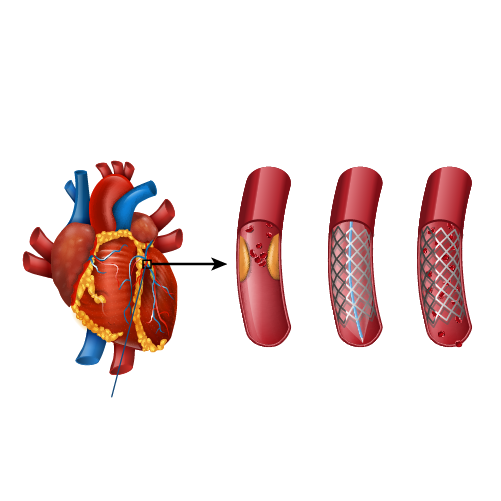
Angioplasty
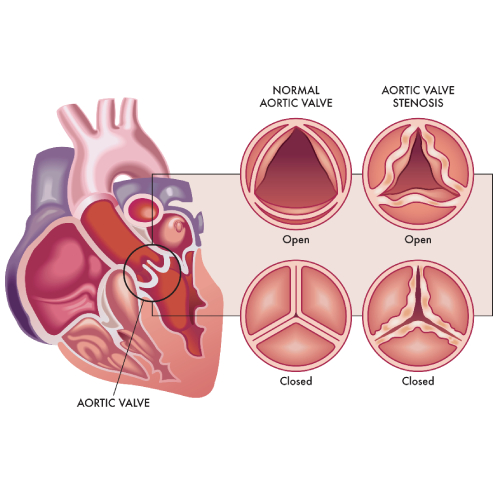
Aortic Stenosis
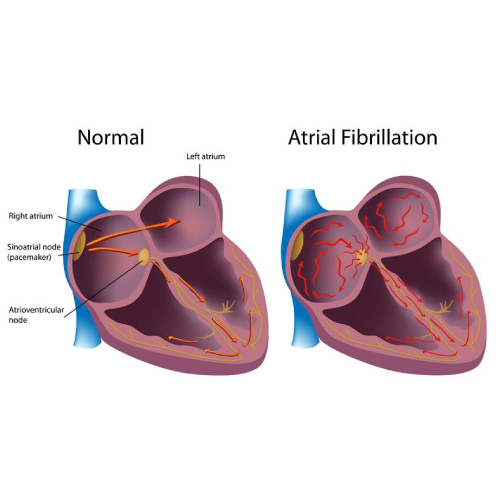
Atrial Fibrillation
